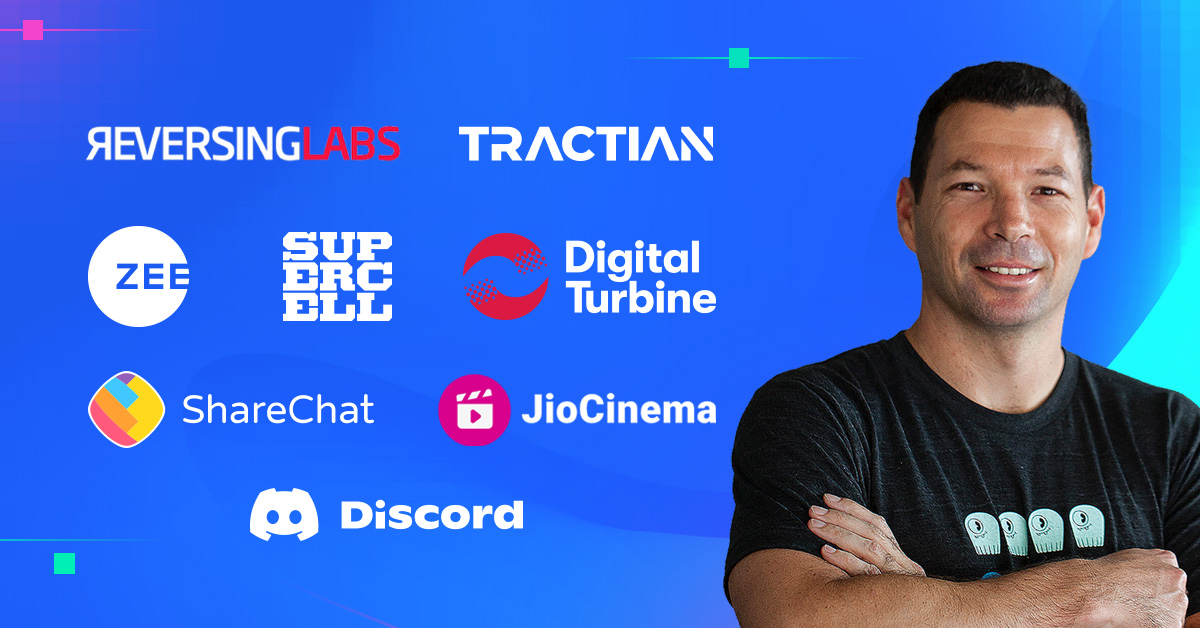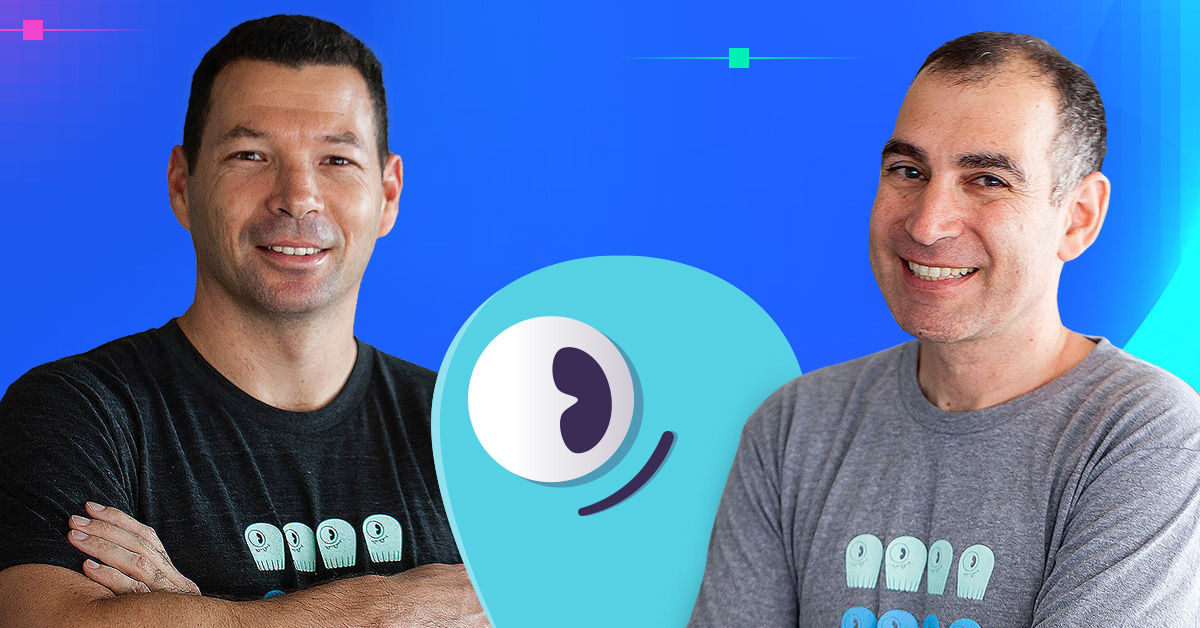
Eliminating cloud vendor lockin and supporting rapid growth – with a 5X cost reduction
Kishore Krishnamurthy, CTO at ZEE5, recently shared his perspective on Zee’s massive, business-critical database migration as the closing keynote at ScyllaDB Summit. You can read highlights of his talk below.
All of the ScyllaDB Summit sessions, including Mr. Krishnamurthy’s session and the tech talk featuring Zee engineers, are available on demand.
About Zee
Zee is a 30-year-old publicly-listed Indian media and entertainment company. We have interests in broadcast, OTT, studio, and music businesses. ZEE5 is our premier OTT streaming service, available in over 190 countries. We have about 150M monthly active users. We are available on web Android, iOS, smart TVs, and various other television and OEM devices.
Business Pressures on Zee
The media industry around the world is under a lot of bottom-line pressure. The broadcast business is now moving to OTT. While a lot of this business is being effectively captured on the OTT side, the business models on OTT are not scaling up similarly to the broadcast business. In this interim phase, as these business models stabilize, etc., there is a lot of pressure on us to run things very cost-efficiently.
This problem is especially pronounced in India. Media consumption is on the rise in India. The biggest challenge we face is in terms of monetizability: our revenue is in rupees while our technology expenses are in dollars. For example, what we make from one subscription customer in one year is what Netflix or Disney would make in a month.
We are on the lookout for technology and vendor partners who have a strong India presence, who have a cost structure that aligns with the kind of scale we provide, and who are able to provide the cost efficiency we want to deliver.
Technical Pressures on the OTT Platform
A lot of the costs we had on the platform scale linearly with usage and user base. That’s particularly true with some aspects of the platform like our heartbeat API, which was the primary use case driving our consideration of ScyllaDB. The linear cost escalation limited us in terms of what frequency we could run these kinds of solutions like heartbeat. A lot of our other solutions – like our playback experience, our security, and our recommendation systems – leverage heartbeat in their core infrastructure. Given the cost limitation, we could never scale that up.
We also had challenges in terms of the distributed architecture of the solution we had. We were working towards a multi-tenant solution. We were exploring cloud-neutral solutions, etc.
What Was Driving the Database Migration
Sometime last year, we decided that we wanted to get rid of cloud vendor lockin. Every solution we were looking for had to be cloud-neutral, and the database choice also needed to deliver on that. We were also in the midst of a large merger. We wanted to make sure that our stack was multitenant and ready to onboard multiple OTT platforms. So these were reasons why we were eagerly looking for a solution that was both cloud-neutral and multitenant.
Top Factors in Selecting ScyllaDB
We wanted to move away from the master-slave architecture we had. We wanted our solution to be infinitely scalable. We wanted the solution to be multi-region-ready. One of the requirements from a compliance perspective was to be ready for any kind of regional disaster. When we came up with a solution for multi-region, the cost became significantly higher.
We wanted a high-availability, multi-region solution and ScyllaDB’s clustered architecture allowed us to do that, and to move away from cloud vendor lockin. ScyllaDB allowed us to cut dependencies on the cloud provider. Today, we can run a multi-cloud solution on top of ScyllaDB. We also wanted to make sure that the migration would be seamless. ScyllaDB’s clustered architecture across clouds helped us when we were doing our recent cloud migration It allowed us to make it very seamless.
From a support perspective, the ScyllaDB team was very responsive. They had local support in India, they had a local competency in terms of solution architects who held our hands along the way. So we were very confident we could deliver with their support.
We found that operationally, ScyllaDB was very efficient. We could significantly reduce the number of database nodes when we moved to ScyllaDB. That also meant that the costs came down. ScyllaDB also happened to be a drop-in replacement for the current incumbents like Cassandra and DynamoDB. All of this together made it an easy choice for us to select ScyllaDB over the other database choices we were looking at.
Migration Impact
The migration to ScyllaDB was seamless. I’m happy to say there was zero downtime. After the migration to ScyllaDB, we also did a very large-scale cloud migration. From what we heard from the cloud providers, nobody else in the world had attempted this kind of migration overnight. And our migration was extremely smooth. ScyllaDB was a significant part of all the components we migrated, and that second migration was very seamless as well.
After the migration, we moved about 525M users’ data, including their references, login details, session information, watch history, etc., to ScyllaDB. We have now hundreds of millions of heartbeats recorded on ScyllaDB. The overall data we store on ScyllaDB is in the tens of terabytes range at this point.
Our overall cost is a combination of the efficiency that ScyllaDB provides in terms of the reduction in the number of nodes we use, and the cost structure that ScyllaDB provides. Together, this has given us a 5x improvement in cost – that’s something our CFO is very happy with.
As I mentioned before, the support has been excellent. Through both the migrations – first the migration to ScyllaDB and subsequently the cloud migration – the ScyllaDB team was always available on demand during the peak periods. They were available on-prem to support us and hand-hold us through the whole thing. All in all, it’s a combination: the synergy that comes from the efficiency, the cost-effectiveness, and the scalability. The whole is more than the sum of the parts. That’s how I feel about our ScyllaDB migration.
Next Steps
ScyllaDB is clearly a favorite with the developers at Zee. I expect a lot more database workloads to move to ScyllaDB in the near future.
If you’re curious about the intricacies of using heartbeats to track video watch progress, then catch the talk by Srinivas and Jivesh, where they explained the phenomenally efficient system that we have built.




